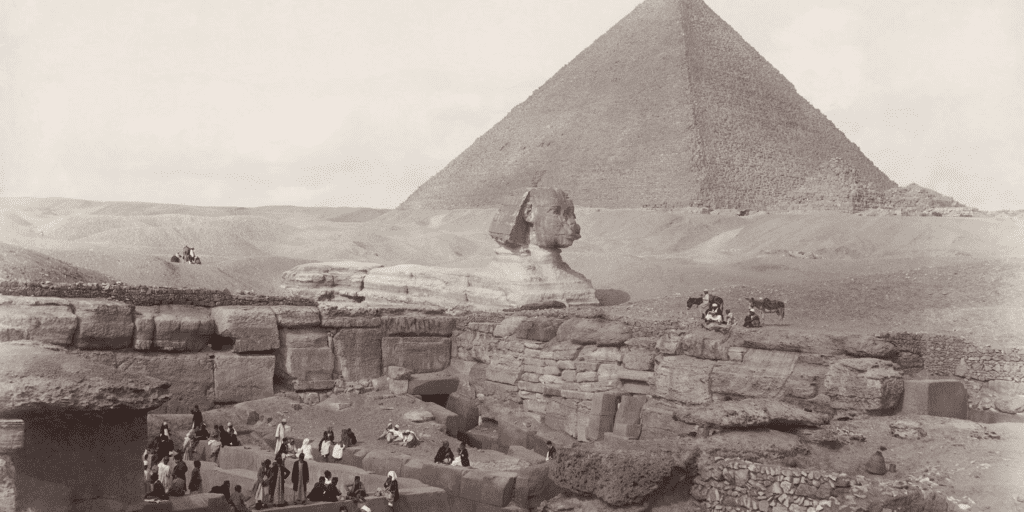For centuries, the Great Pyramids of Egypt have captured the world’s imagination. Towering over the Giza Plateau, these monumental structures have inspired wonder, debate, and even conspiracy theories. Among the most persistent myths is the idea that the pyramids were built using alien technology or by methods beyond human capability.
In 1992, archaeologist Mark Lehner and stone mason Roger Hopkins set out to challenge that belief not with speculation, but with action. With the help of a small team, they attempted to build a mini pyramid using only the tools and techniques available to ancient Egyptians. What they uncovered was not extraterrestrial involvement, but the brilliance of human ingenuity and determination.
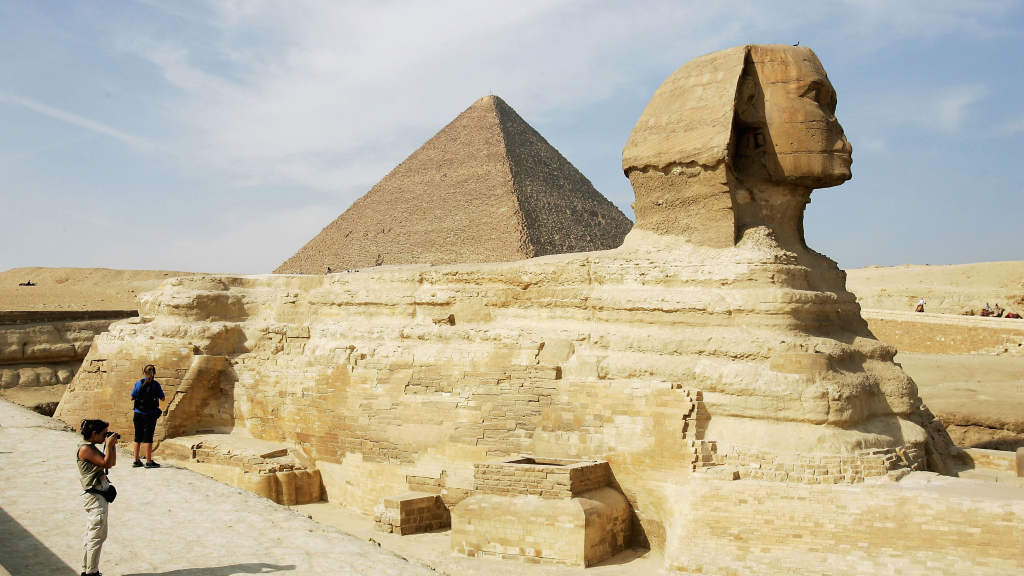
Reconstructing the Ancient Process
Lehner and Hopkins were not interested in shortcuts. Their goal was to use historically accurate tools and materials to understand exactly how Egyptian workers might have built these awe-inspiring monuments over 4,500 years ago.
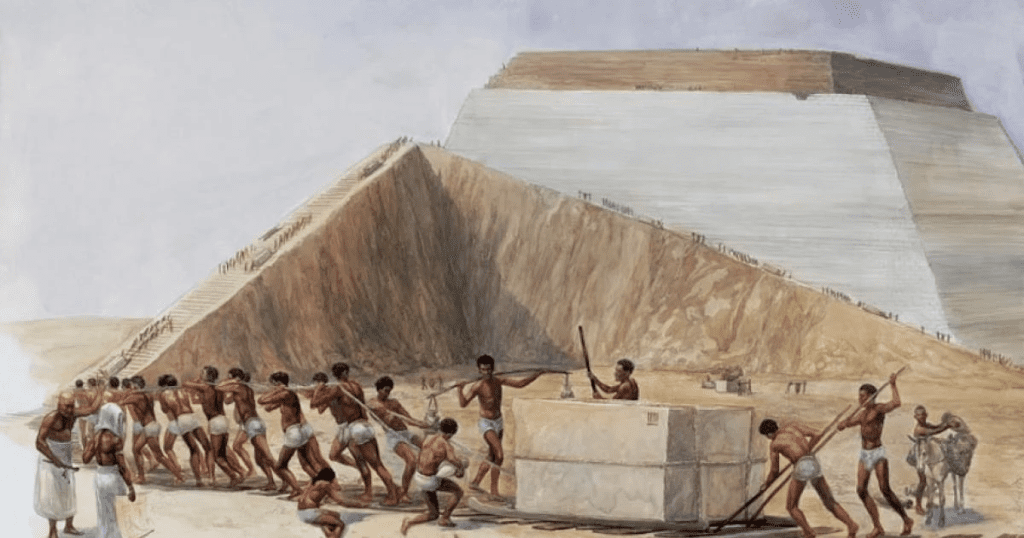
They assembled a team of 44 laborers and provided them with replicas of copper chisels, wooden sledges, and other period-appropriate tools. The challenge: move and stack 186 limestone blocks, each weighing over two tons, into a pyramid shape.
The project took place near Giza, not far from where the original pyramids stand. Conditions were intentionally tough. There were no forklifts, cranes, or modern machinery. Just muscle, skill, and sheer will.
Video:
Ancient Egyptian Pyramid Building Technique Reveal By Wally Wallington
Moving Mountains One Stone at a Time
One of the greatest mysteries of pyramid construction is how the ancient Egyptians managed to move such massive stones across miles of desert. Lehner’s team tested various theories. They placed stones on wooden sledges and pulled them across the sand, occasionally pouring water in front of the runners to reduce friction an idea supported by ancient tomb paintings and scientific studies.
To carve the stones, workers used copper chisels, despite their limited strength compared to iron or steel. While slower, the method worked, and over time they shaped the blocks with surprising precision.
They also experimented with different ramp systems, adjusting angles and materials to see what methods would have allowed for smooth and steady construction as the pyramid grew taller.
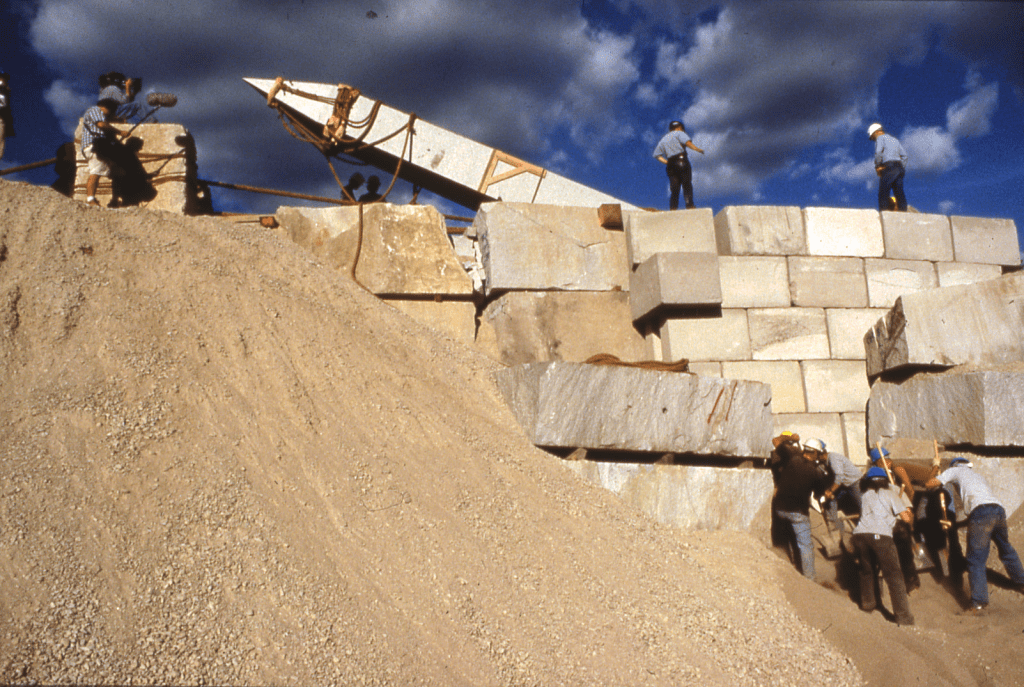
Results That Spoke for Themselves
After three weeks of grueling work under the hot Egyptian sun, the team successfully constructed a small but structurally sound pyramid. Each block had been quarried, shaped, transported, and set in place using only techniques that could have been used in ancient times.
Video:
The project’s success offered a strong rebuttal to the alien-theory crowd. It showed that with teamwork, planning, and the tools available at the time, humans absolutely had the capacity to build the Great Pyramids.
Lehner and Hopkins didn’t just replicate the physical structure they proved the process could be managed through human labor, without the need for lost technology or outside intervention.
Shifting the Narrative Around Ancient Civilizations
For too long, theories that credit aliens or supernatural forces with the construction of ancient monuments have overshadowed the real achievements of past civilizations. These ideas not only lack evidence but also diminish the intelligence and creativity of the cultures that actually built these wonders.
What Lehner and Hopkins demonstrated is that the people of ancient Egypt were not only capable but highly skilled. They had a deep understanding of mathematics, engineering, and organization. They mobilized labor forces with precision and developed tools that, while simple, were effective.
Their pyramids are a testament not to mystery, but to mastery.
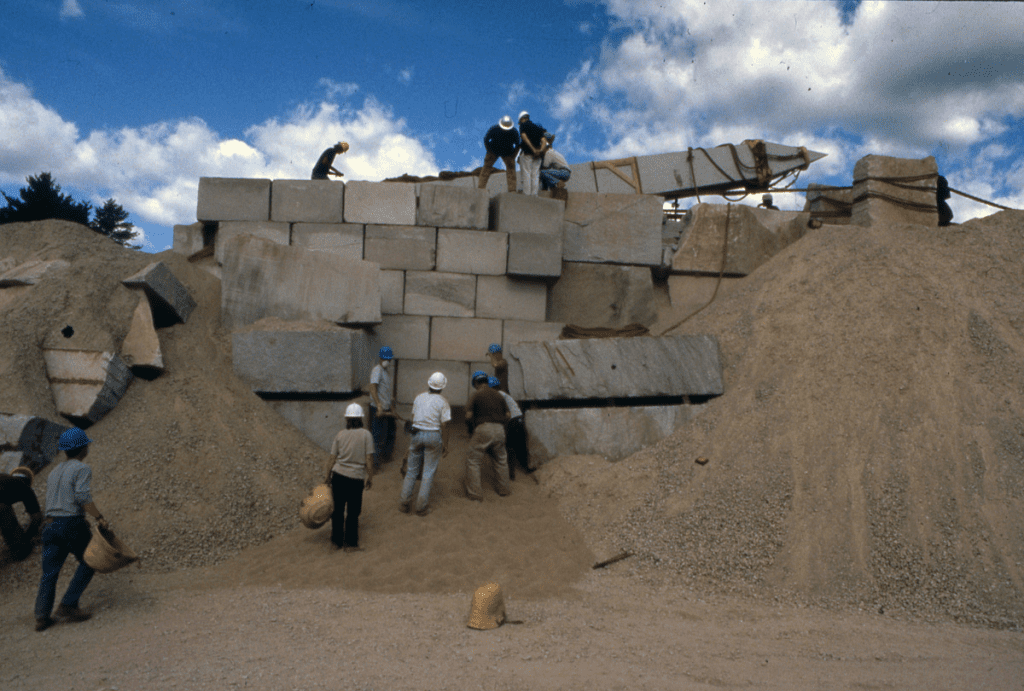
Conclusion: Giving Credit Where It’s Due
The 1992 pyramid-building experiment may not have been grand in scale, but its implications were monumental. It offered proof that the Great Pyramids could have been built with nothing more than determination, knowledge, and elbow grease.
In doing so, it reminded the world that the true marvel of the pyramids is not what built them it’s who built them.
The ancient Egyptians deserve full credit for their achievements. They didn’t need help from the stars. They had everything they needed right here on Earth.
